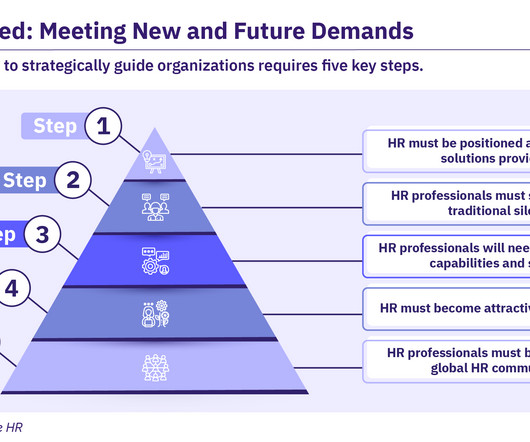3 Strategies for Addressing the Healthcare Workforce Shortage
Precheck
MARCH 1, 2021
Healthcare systems in the United States have been feeling the effects of the workforce shortage for years now, but a more dire impact is still to come. The nursing shortage is even worse: National Center for Biotechnology Information data projects a gap of more than 510,000 registered nurses by 2030. Bryan Barajas Marketing Director.






















































Let's personalize your content